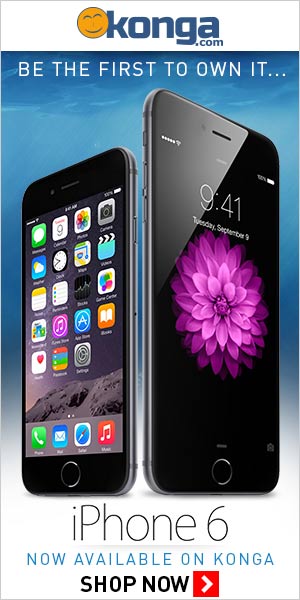
Industry leaders
say virtual and augmented reality applications will be as widespread as
mobile phones, but not until some major hurdles are addressed.
Using
virtual reality will seem as natural as picking up your smartphone,
once the technology moves past its geeky reputation, experts said Monday
during CNET's Next Big Thing supersession at CES 2015.Once just a
popular science-fiction concept, virtual reality -- and its counterpart
augmented reality-- allows users to experience a different reality using headgear and other devices. Made popular by gaming, VR is poised to go beyond entertainment, said Oculus VR founder Palmer Luckey.
It's about communicating and doing things in a virtual space, alongside the real world, he said. His company, now owned by Facebook, makes VR headsets.
"If I can share a family gathering with all those people who couldn't make it...that's a powerful thing," Luckey said.
CNET's annual Next Big Thing session at the Consumer Electronics Show in Las Vegas focuses on emerging tech that's about to hit the mainstream. Last year, the focus was on how hardware, including wearables and cars, incorporated software to better detect the world around you. This year, CNET editors Brian Cooley and Tim Stevens discussed the future of virtual and augmented reality with Luckey and other panelists, from Technical Illusions, Jaunt VR and digital-marketing company Razorfish.
Consumer interest in VR is increasing. VR hardware sales alone are expected to grow from $1.4 billion this year to $2.4 billion in 2017, according to virtual reality consulting firm KZero. For VR software, which is mostly video games right now, the company estimates sales of $2.8 billion by 2018.
Companies are finding new uses for virtual and augmented tech, ranging from the more conventional, like VR video games and entertainment, to newer concepts, like shopping on Amazon with augmented reality. Facebook paid $2 billion for Oculus VR -- mostly known for applying virtual reality to gaming -- opening up the possibilities of what virtual reality's role will be in social media and beyond. Google delivered a simple cardboard headset that turns your smartphone into a VR device.
But even with all these new uses popping up, the technologies can be a difficult thing to explain, and for some, difficult to accept.
"You have to get people in the glasses so they can walk around and see it. Until you do that, no words can describe it," said Jeri Ellsworth, the inventor of CastAR, a pair of augmented reality glasses, and co-founder of Technical Illusions. She said augmented reality is particularly hard to explain as it blends the virtual world with the real world.

A bigger obstacle is getting people comfortable with the idea of those around them wearing devices on their face, said Ray Velez, Global chief technology officer of Razorfish. The company uses technology to build interactive marketing campaigns and projects.
"Getting people to try this out, it's not hard, but it is still very isolating," he said. "If I walk into my office with Google Glass on, people look at me like I'm a jerk."
The experience has to be more sharable, he said. Luckey said that will become a reality as people begin to realize how they can use VR for practical applications.
"People are going to get used to it, just like they've gotten used to not being able to see [what's] on my [smartphone] screen," he said.



No comments:
Post a Comment